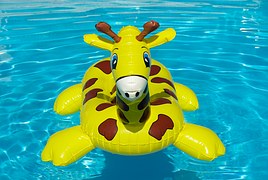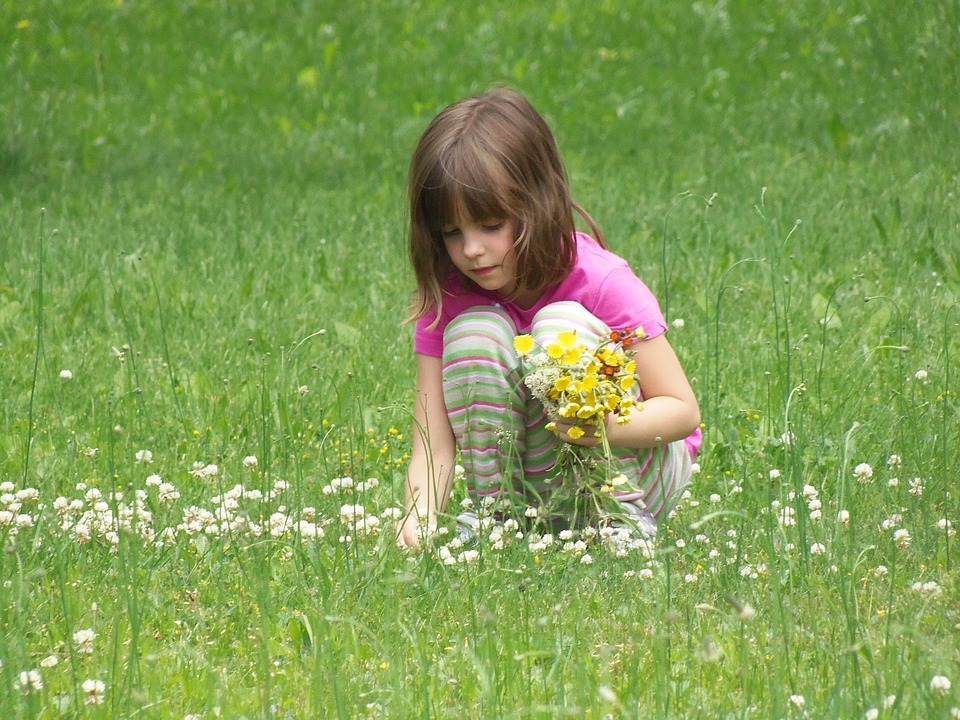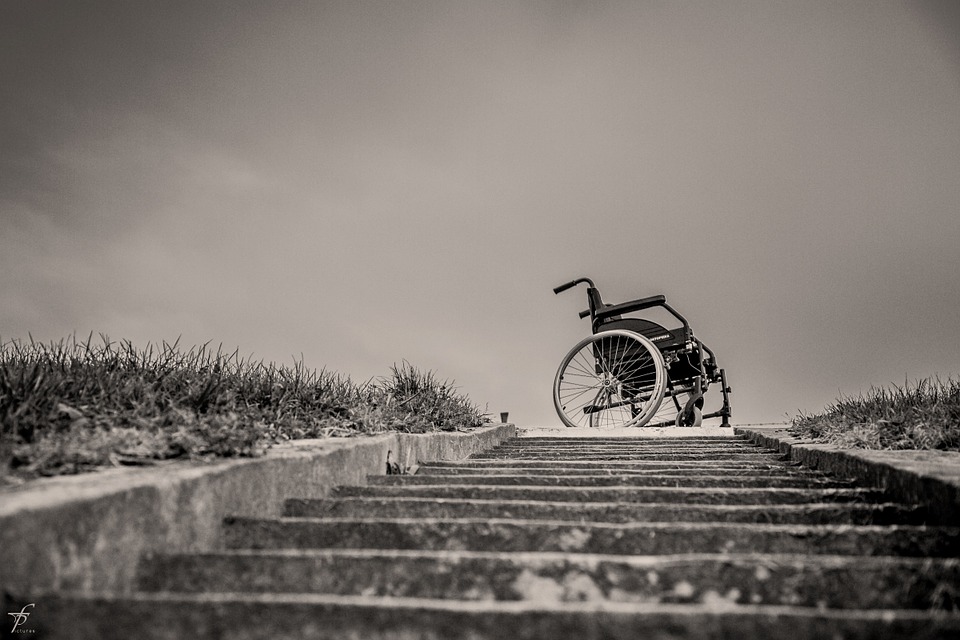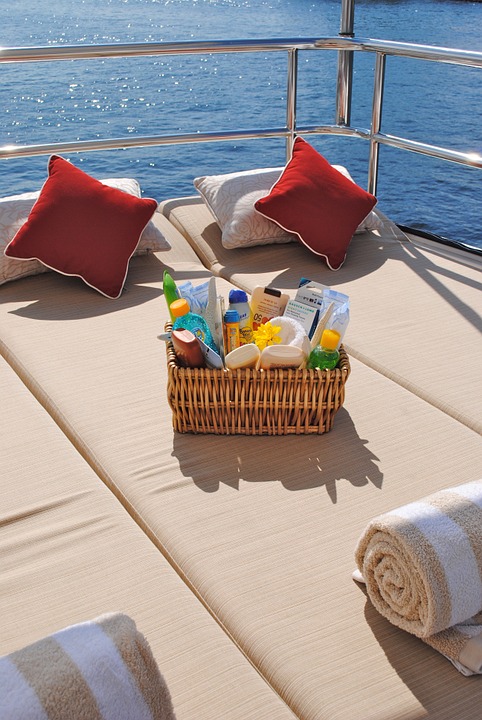Julie Entwistle, MBA, BHSc (OT), BSc (Health / Gerontology)
For years the CNE has allowed people with disabilities and their attendants free admission. Last year they announced that the policy would end for 2016 in that those with disabilities would be required to pay. Attendants would remain “free”.
Recently the Toronto Star published an article confirming the change in policy. The CNE explains that the new policy will: respect “the dignity and independence of all of our guests, including those with disabilities.” However, advocates note that people with disabilities can struggle to earn competitive wages which limits both resources and opportunities, and can result in social and community isolation. Those advocates give this change a “thumbs down”.
As an occupational therapist and business owner, I think the CNE has made a few mistakes in making this change, and in articulating it. Here’s why…
I love this comic sent to me by Occupational Therapist Jacquelyn Bonneville:

So, if equality is about “sameness” then the CNE has wrongly lumped the community of people with disabilities into the “equal” category. Yet, it is easy to understand that people with disabilities can have increased difficulties making competitive wages and can be marginalized and secluded based on reduced resources and opportunities for participation in many aspects of daily life. So, by the CNE saying that the policy respects “the dignity and independence of all our guests” they have wrongly lumped “all guests together” when not “all guests” are equal. The previous policy was more equitable in that it leveled the playing field in a sense by allowing a more “equitable” experience for people of different means.
Essentially, then, the human issue is that the CNE may now be financially excluding a community who needs leisure more than the average person. Literature supports leisure participation for all, but even more so for people that have reduced options to take on other commonly productive roles like paid work, volunteering, or even school or parenting. The previous policy was compassionate and fair, the new policy is not.
From a business perspective, the CNE made another mistake. They failed to make a logical argument for the change and opened themselves to greater scrutiny. If they wanted to change the policy because that was a sound business decision (like expenses could no longer support it, they were having a hard time administering the policy, there were privacy and disclosure issues for customers in asking for the free admission, or felt the policy only met the needs of physically disabled people and not people with more “invisible disabilities” etc), then that is different. In that case, the CNE should have simply said “we have reviewed the policy and while we understand and apologize for the impact this change may have on certain members of our community, our board felt it was in the best interest of the operations and sustainability of the CNE to no longer offer free admission for some customers”. Or something. Then, they could have used the announcement as an opportunity to advertise that they will continue to offer the $6 after 5pm fare on Monday to Thursday to keep it financially accessible to a wide range of consumers and that attendants of people with disabilities would remain free.
Of course, they could have been more creative in the first place by developing a “middle ground” policy similar to Hamilton’s Affordable Transit Pass (supports people receiving ODSP or Ontario Works), or could have progressed the policy for a year to “voluntary pay” for people with disabilities to recognize that some can afford it, and may want to pay like “everyone else” at entry.
So, knowing that my readership includes people with disabilities, if the CNE is no longer in the cards for you, or you feel the need to boycott because of the policy change, here are some other “disability friendly” places to consider:
· Check out all the places that are included in the Easter Seals Access2 Card including: The Royal Botanical Gardens, The AGO, The ROM, Ontario Science Center, Ripley’s Aquarium, The CN Tower, Great Wolf Lodge and more.
· The Toronto Zoo offers 50% off admission for people with disabilities.
· Canada’s Wonderland also has disability-friendly policies, contact them directly for discount information.
· This resource includes other Toronto Attractions that offer a discount for disabled persons.
I am sure there are others, and if you might qualify for discounts or attendant admissions, consider contacting any park or location before you go to inquire. I hope that these links will provide my readers with disabilities, or their friends and families, a good start for summer exploring.










![King of the Grill: Serve It Up Safely [INFOGRAPHIC]](https://blog.allstate.com/wp-content/uploads/2012/05/grill-safety-infographic.jpg)

